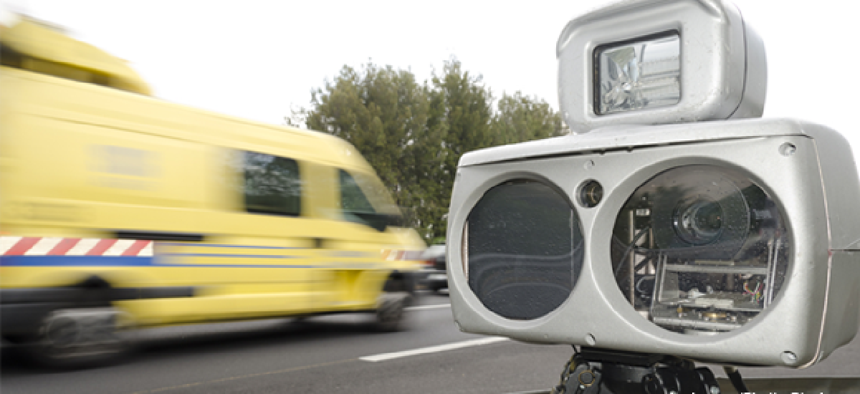Recognition as a service joins cloud's roster of options


Connecting state and local government leaders
The CitySync license plate RaaS solution lets governments access the recognition engine with any camera and store data in the cloud.
In case you think whatever-as-a-service offerings have been exhausted, Image Sensing Systems Inc. now sells license plate recognition as a service.
The company’s CitySync Recognition as a Service (RaaS) solution lets governments and businesses use the CitySync license plate recognition engine with any camera. Its standard delivery is via the cloud, but can also be installed as an on-premises solution. Customers can pay either by the plate, by the lane or by a yearly subscription.
When a license plate is captured, it is sent to the CitySync recognition engine, which puts it through six different algorithms for recognition. “Once the [optical character recognition] is run, that information is sent into the “back office” where you can apply analytics,” said Lisa Chubb, marketing communication manager at Image Sensing Systems Inc. Law enforcement, for example, could perform convoy analysis to track a lead car and a trailing car to see how far apart they are, Chubb said. What’s more, the locations of the cars can then be displayed in Google Maps.
Chubb said that in addition to the company’s traditional sectors – law enforcement, traffic management and security – a growing market for Image Sensing Systems’ service is what they call “VIP concierge” services, in which license plate recognition is used to alert staff to arriving clients.
The same type of service could be employed at entrances to government agencies and departments to, say, boot up an employee’s computer, notify others of his arrival and prepare other resources.
Other than storing and recognizing license plate images, Image Sensing Systems does not maintain its own data sets. All analysis and tracking is done using the clients’ data sets, which can be stored either locally or in the cloud. Of course, whether it’s private businesses, law-enforcement jurisdictions or government agencies, that data can be shared among organizations that agree to it.
The big difference between private and public organizations, Chubb said, is that many public agencies are bound by law to store their data locally, a requirement Chubb thinks will eventually change because it makes the data more difficult to share.
“Even when the data is on premise, it’s a physical server that is usually a Web server,” Chubb said, and having a Web server on site is pretty much like being in the cloud, at least as far is security is concerned. “We have the highest encryption available, and all data is encrypted,” she added.
Of course, rational or not, agencies – and much of the public – may be less inclined to trust private companies to ensure the security of public data.
At the same time, the cloud offers great flexibility and potential savings for big data applications. “Our cloud is based on the Google platform, and so it automatically scales based on demands at the time,” Chubb said. “We could have 1 million plate reads a day versus just 100,000 and it automatically scales.”
That, of course, means the client doesn’t have to provide and constantly maintain the resources required for peak usage. When the conundrum over the security – or the perceptions of security – of data stored in the cloud versus on a locally sited Web server is eventually resolved, there are potentially large savings and certainly greater convenience to be found in the cloud.




